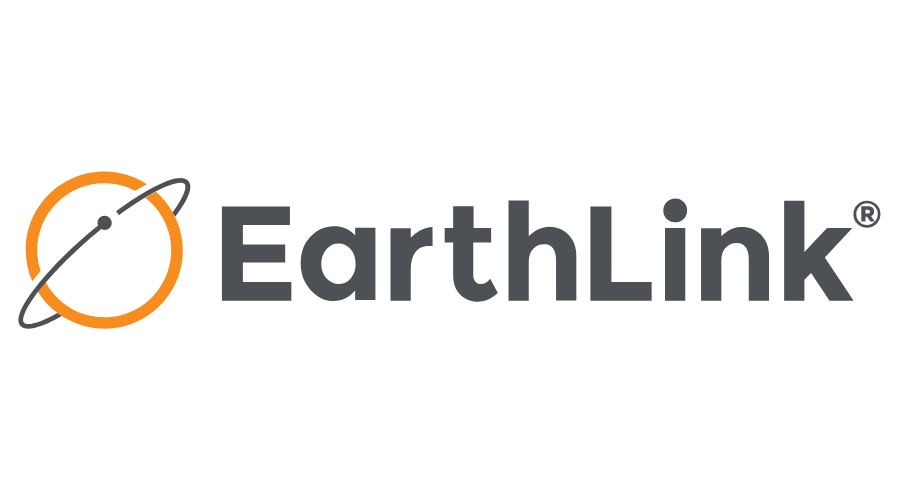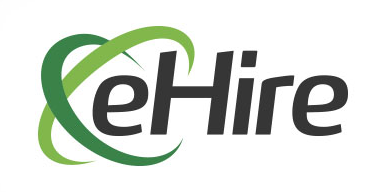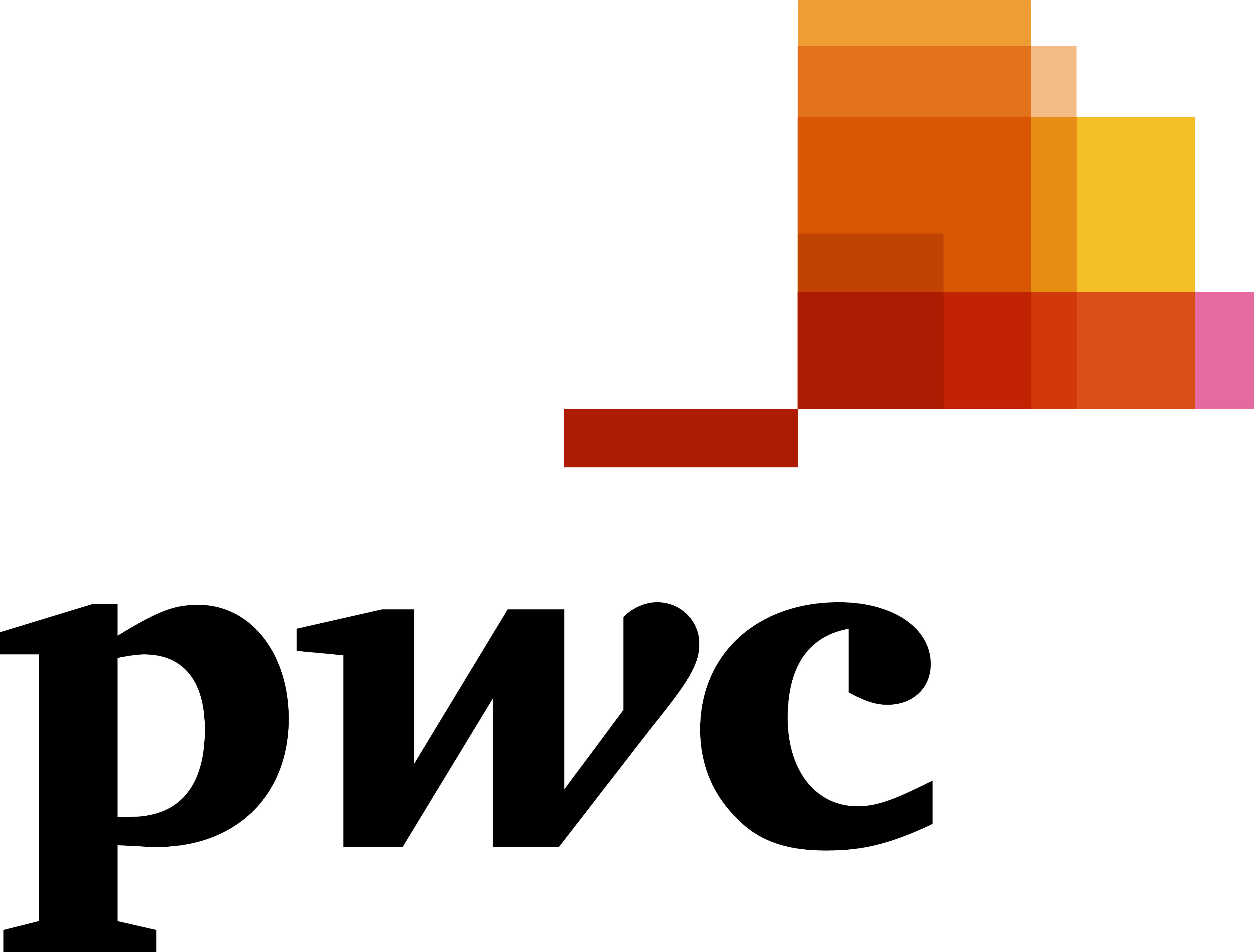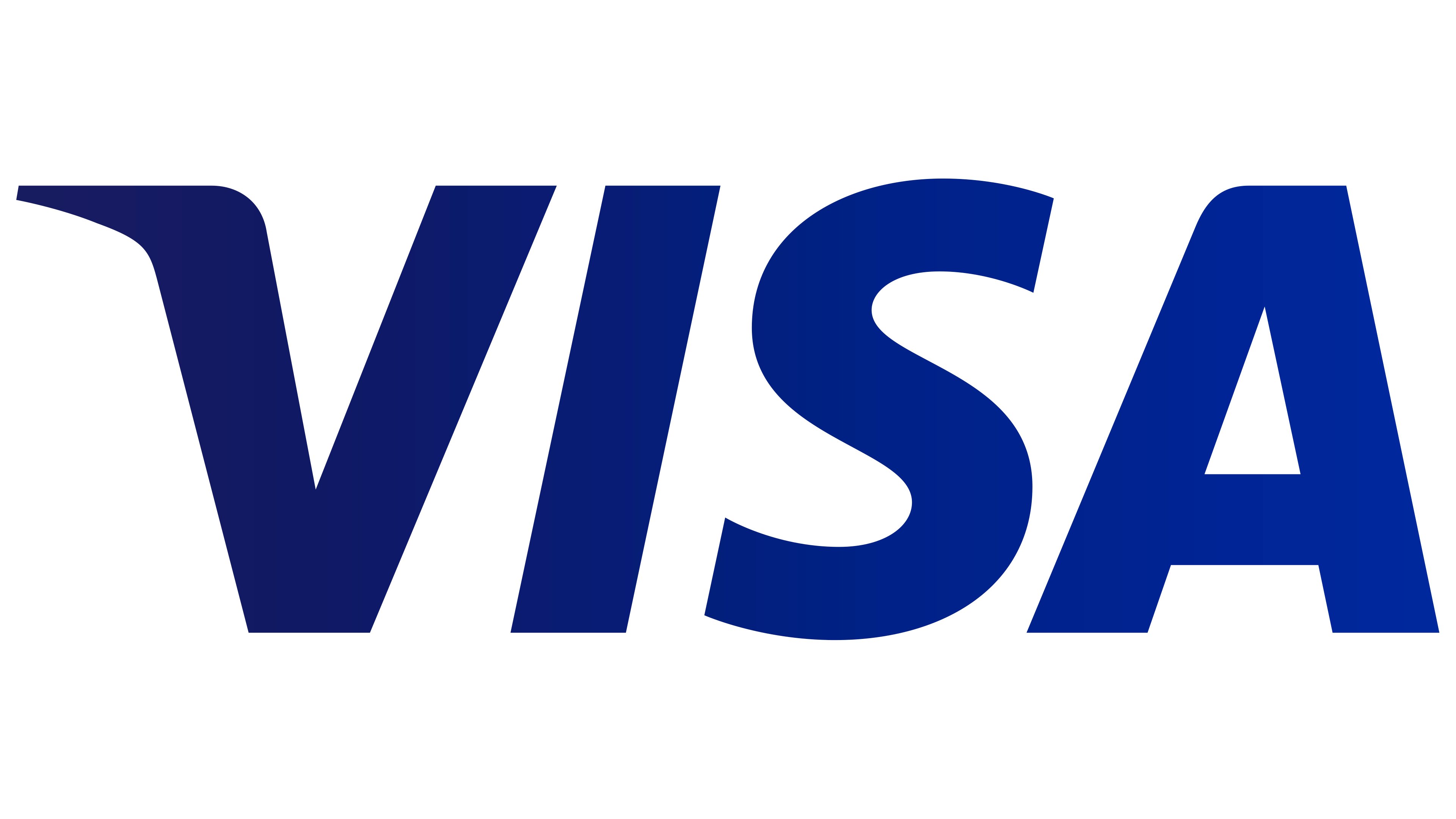Atlanta, GA – Governor Brian P. Kemp today announced the publication of Georgia’s Broadband Availability Map, a new tool that will bring more transparency about the internet marketplace and clarify which Georgia households do not have access to high-speed internet.
Broadband is essential for educating youth, providing telehealth, accessing jobs, and connecting with each other in the 21st century, and COVID-19 has increased the importance of internet connectivity. Unfortunately, more than a million Georgians lack access to reliable high-speed internet service, defined by the Federal Communications Commission as twenty-five megabits per second download and three megabits per second upload (25/3 mpbs).
“I am proud of the commitment from broadband providers and their collaboration with the state’s broadband team,” said Governor Kemp. “This innovative map will enable the private sector to better see where Georgians lack access to high-speed internet, improve open-market competition, and help providers explore partnerships to address the connectivity needs of our state.”
The Georgia Broadband Availability Map gives a new view of the difference between access to high-speed internet in metropolitan and rural areas. Of the more than 507,000 homes and businesses lacking access to reliable broadband service at speeds of 25/3 mpbs, nearly 70% of these locations are in rural parts of Georgia.
The State’s new map is based on location-specific data, which is a more accurate reflection of which Georgia households have high-speed internet available via wireline, such as fiber optic cable. Previously, the only indication of Georgians’ ability to access a broadband connection was FCC’s map, which aggregates data at the Census Block.
“Not only should the new mapping tool help stimulate private investment, but it also enables us to support local communities and track progress toward serving the unserved,” said Department of Community Affairs Commissioner Christopher Nunn.
This new Georgia broadband map is the first to utilize an enhanced location-level methodology to map broadband access with a high degree of precision. This “first in the nation” approach was a collaborative effort between private providers and the Georgia Broadband Office within the Department of Community Affairs (DCA).
Over the past few months, and encouraged by the mapping initiative, providers have announced several infrastructure investments. These investments total nearly $38.2 million and are projected to serve more than 23,000 locations in every corner of the state. Most have occurred through public-private partnership efforts involving federal funds, local commitment, and support from the state’s broadband program.
“Broadband providers are not only key to solving the connectivity issues, but they have also been great partners in developing these maps,” said Georgia Technology Authority Executive Director Calvin Rhodes. “The providers, along with an outstanding team from UGA’s Carl Vinson Institute of Government, have worked diligently for more than a year to realize a Georgia Broadband methodology that has earned nationwide attention.”
While the new map signifies where high-speed internet service is available, it does not indicate where Georgians are subscribing to internet services. That information is held by the private providers who have service offerings in various areas.
“At the onset of the coronavirus pandemic, preliminary mapping data proved extremely useful in supporting Department of Education efforts to ensure student access to Wi-Fi solutions,” said Deana Perry, Executive Director of the Georgia Broadband program. “The Georgia Broadband office will continue to work closely with communities, providers, and state agencies to support effective public-private partnerships aimed at serving those who are currently unserved.”
Related Resources
- Comparison of FCC to new Georgia results using a slider: https://broadband.georgia.gov/fcc-vs-gbdi-broadband-comparison
- Simple county level view with county stats: https://broadband.georgia.gov/maps/gbdi-unserved-county
- Version that allows users to do filtering, other functions and zoom into the census block level: https://broadband.georgia.gov/maps/gbdi-unserved-georgia
About the Georgia Broadband Initiative
In 2018, the Georgia General Assembly passed the “Achieving Connectivity Everywhere” Act, launching the Georgia Broadband Deployment Initiative (GBDI). GBDI is a multi-agency collaboration, consisting of the Departments of Community Affairs, Economic Development, and Transportation, as well as the Georgia Technology Authority and other state agencies. The initiative calls for the promotion and deployment of broadband services throughout the state to unserved areas with a minimum of 25 Mbps download and 3 Mbps upload speeds, to increase economic, education, and social opportunities for Georgia citizens and businesses.




































